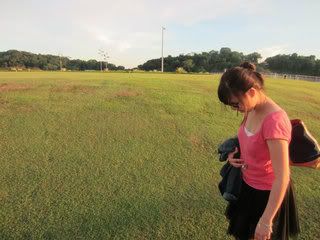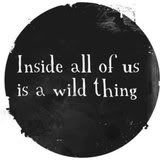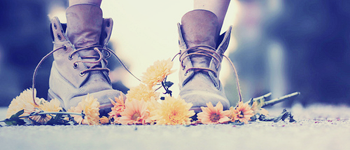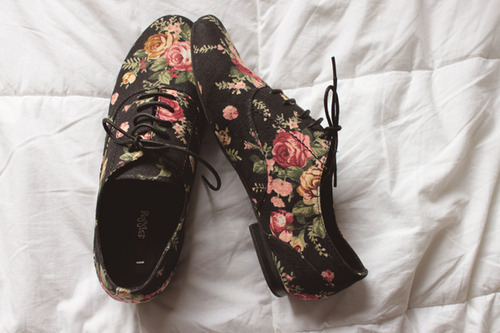diana F+
Friday, September 24, 20104:01 PM
say hello to ms diana f. i bought it months ago but didn't had the chance to actually used it. i fell in love with the photo that they produce instantly.
To hold, point and shoot a Diana camera implies a conscious decision to relinquish control. To concentrate your creative powers on capturing the moment and telling a story- rather than fidding with bunch of knobs and levers. A burry-soft and dreamy-tones Diana image is more an interpretation of reality than a correct representation of it. In a way, it's somehow more accurate to compare the Diana to an oily vintage typewriter than to a megapixel machine of today. With each click of the shutter, a moment is captured in a unique and fairly unpredictable way - and a small narrative begins to reveal itself.
Have you ever look at a classic car and wish that you could walk down to the dealership and pickup such a beauty brand new? That's pretty much sums up my feeling when i came across Diana.












